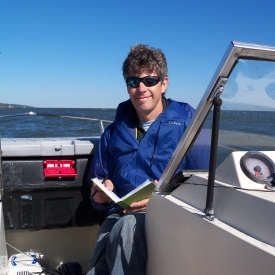OA Experiments
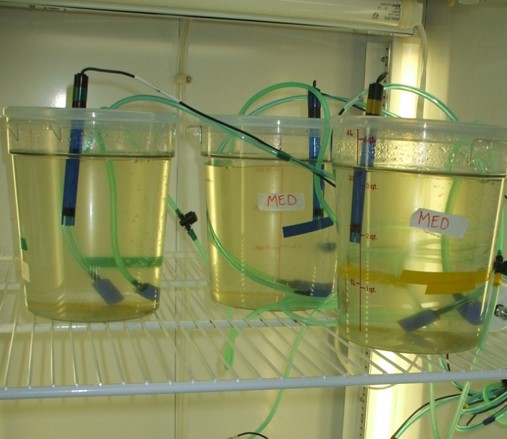
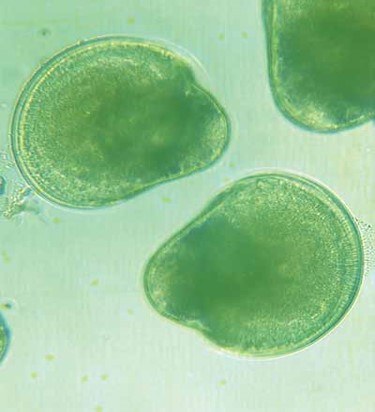
We design and conduct experiments that manipulate carbonate chemistry parameters in order to understand their effects on estuarine/marine biota. These experiments are important in helping infer the effects that ocean acidification present and future may have on these organisms, as well as their ability to respond and adapt to an ever changing carbonate chemistry coastal environment. In the laboratory setting, we can control and monitor carbonate chemistry by precisely bubbling in CO2 into experimental chambers to maintain target pH levels using a pH stat array that behave like the more familiar thermostat controlling CO2 flow to experimental chambers. The laboratory setting also provides control for variables such as food, salinity, lighting and temperature. For manipulative in situ field experiments, we have collaborated with Tom Arnold of Dickinson College who developed a Free-Ocean-Carbon-Enrichment (FOCE) system, modeled after naturally occurring CO2 vents, which diffuses CO2 into experimental sites and thus alters the local pH while otherwise allowing for natural estuarine conditions to occur.
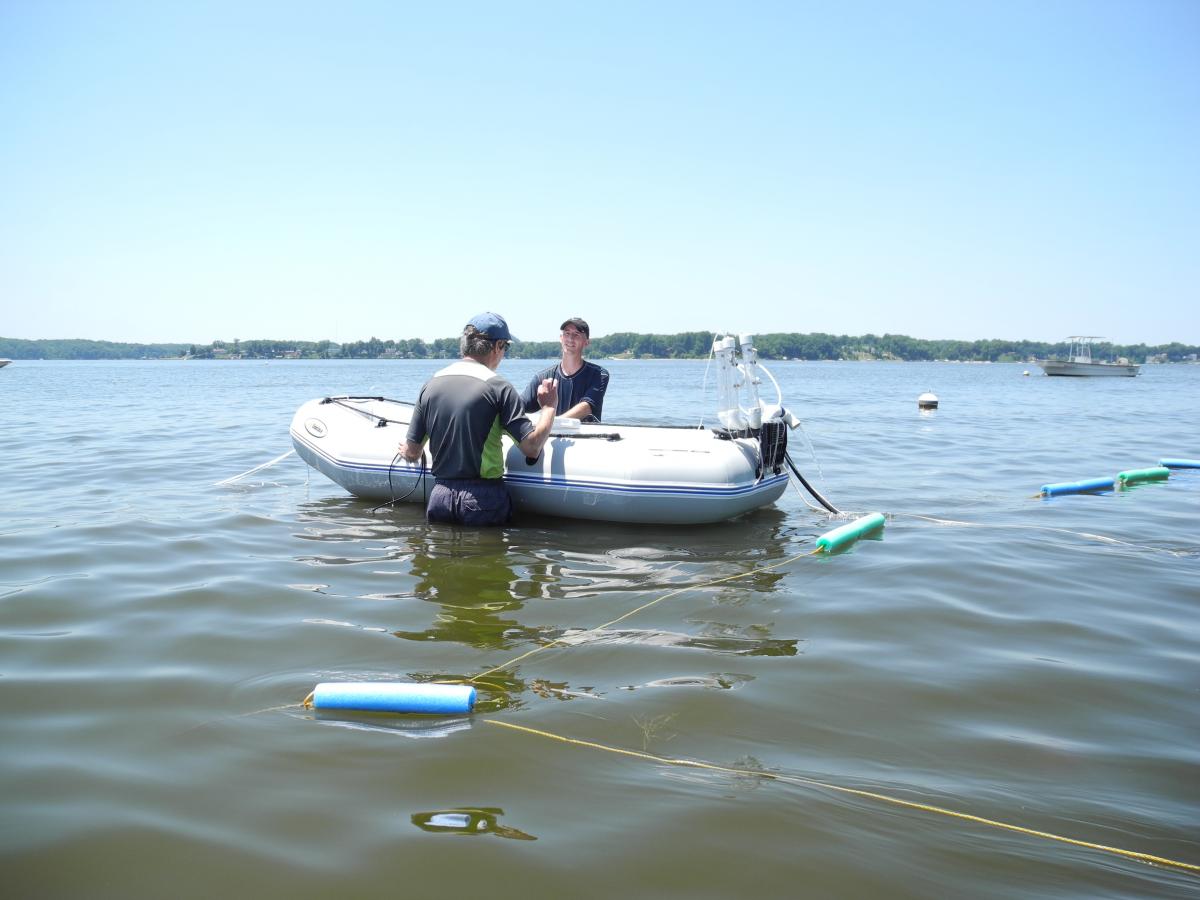
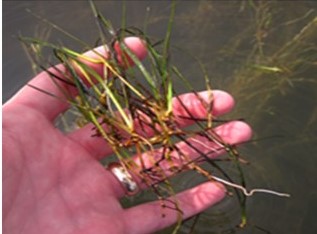
Some of our laboratory based studies have included looking at the growth and calcification rates of Eastern oyster Crassostrea virginica and Asian oyster Crassostrea ariakensis larvae under estuarine conditions and divergent CO2 levels ranging from preindustrial atmospheric levels (280 ppm CO2), current levels (400 ppm),and those predicted 50 and 100 years from now(580 and 800 ppm respectively). FOCE studies have included experiments in estuarine seagrass meadows of widgeon grass Ruppia maritima and redhead grass Potamogeton perfoliatus, observing differential performance, growth and production of secondary growth compounds that protect plant from herbivory, parasitism, and disease under natural and high CO2 conditions.


